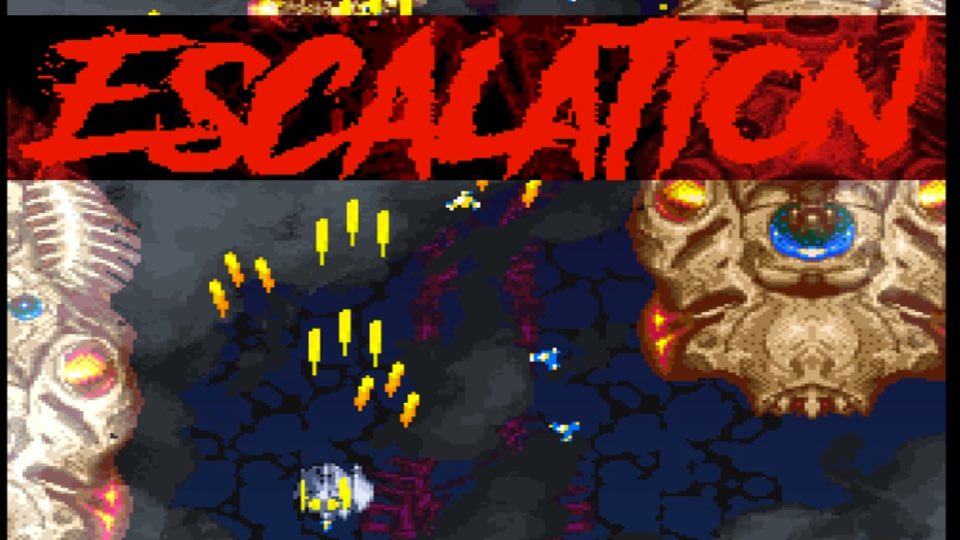Shortly after announcing my new game production RESHOOT PROXIMA 3, I started a series of development blog entries on my Patreon-website called Devleaks. Within this series, I´ll share insights into the development process, how the involved people tick, how design decisions are made. One of the first entries into the Devleaks-series puts the limelight onto a very basic topic: Why gameplay is much more important than visual excellence.
Because I am a lazy guy I just copy and paste the original text down here. If you want to see all Devleaks blog entries, please visit my Patreon-website and consider supporting my work – be a Patreon!
If I had to describe my philosophy of game design within a few short words, I´d maybe choose: Fun first, technique second.
What does this mean?
Many games on the Amiga looked like they were coded to show off the Amigas capabilities. While Shadow of the Beast, Unreal, and lots of other games made the Amiga shine visually, they did not really play very satisfying. They very often felt rather shallow and therefore … yes, they did urge you to play on in order to see what´s coming next – but they did not provide a deep feeling of satisfaction after you tried and tried again until you had your skills honed and therefore mastered a challenge.
I think the reason for this shallowness lies in the fact that many game coders had their roots in the demoscene, where visual effects are dominant. I love demos and I want my games to take advantage of what the Amiga can do. That´s especially true for the AGA-chipset of CD32, Amiga 1200 and Amiga 4000. There is only a handful of games out there that truly look AGA. RESHOOT PROXIMA III should be one of them. By duplicating two of the eight AGAs 64 pixel wide sprites several times using the Amigas copper, the engine creates a fullscreen visual background layer for so-called “parallax scrolling”. We are talking about a secondary visual layer set below the two main visual layers, which maximizes the illusion of visual depth.
With the sprite-based parallax layer, the game will not look flat anymore. Instead, you will feel like you are actually flying your gunship high in the skies. With parallax, you are no more just looking at something – you are being-in-there. That´s what game designers call “Immersion”.
But having said that, I do not want to sacrifice satisfaction for effects. Therefore I honed the structure and code for the sprite layer technique until it uses almost no more CPU or blitter time. Therefore it looks good while (almost) not restricting the number of moving objects on the screen.
The videos I put up on youtube show a first test of the sprite-based parallax layer and a number of other tests. Have fun watching these!






